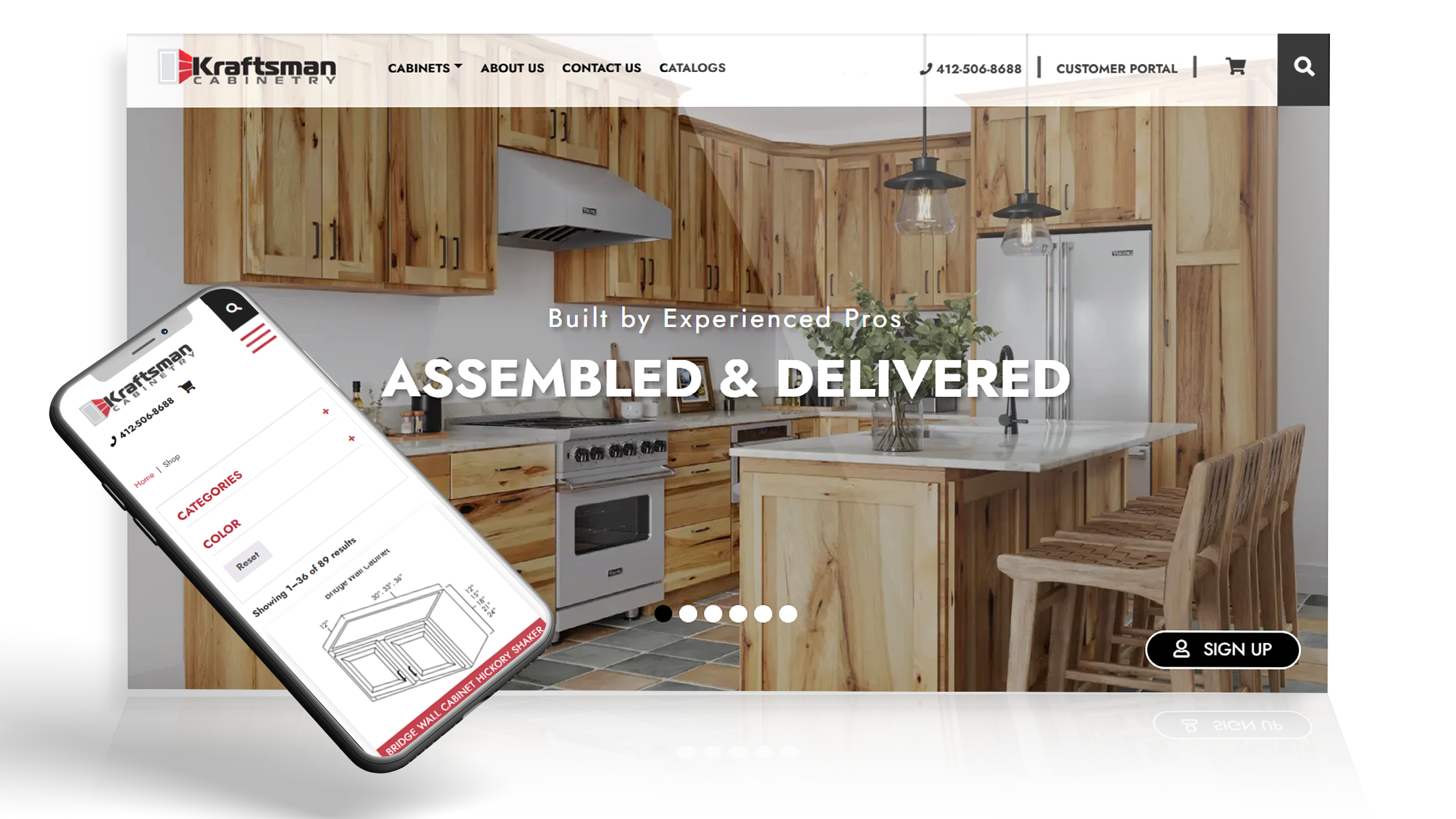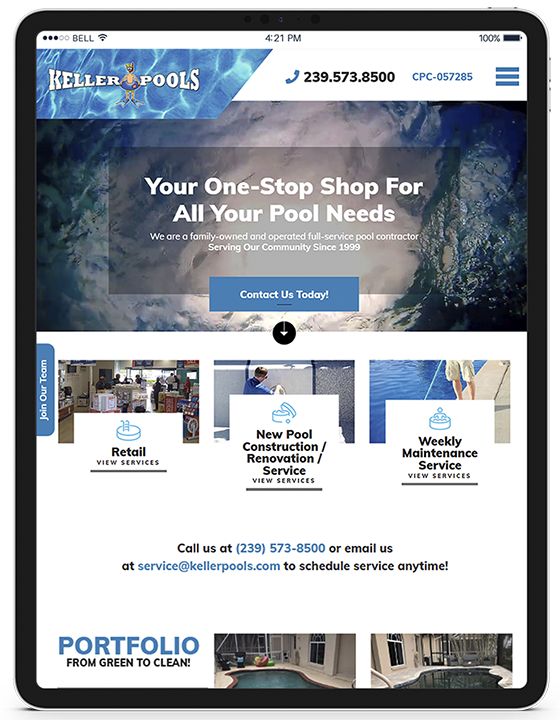3 Brand New Buzzwords, Same Old Problems, and Real Actionables
Omni channel. Multi channel. Cross channel. Marketers love hot new buzzwords. Buzzwords make consumers feel pampered, call retailers to action, and put brands under immense pressure to pivot their marketing strategies just as fast as new trendy buzzwords roll in. In fact the only thing we marketers love more than new buzzwords … is two.
Anyone who is responsible for driving sales at any stage of the supply chain should be asking themselves these two questions when they hear new marketing buzzwords:
- What does it mean?
- Is it actionable for me?
Multi Channel Marketing is using a healthy mix of different distribution and promotional channels to market and sell to a consumer. For example, a brand may have products available to view and purchase in retail displays, on their website, from a product catalogue, and from an e-tailer like Amazon. The goal of multi-channel marketing is simply to make it easy for a consumer to buy the brand’s products wherever or however they prefer to shop. In fact if you’re reading this, whether you’re a manufacturer or distributor, you are probably already supporting some level of Multi Channel Marketing. See? Just a new buzzword, not actually a new trend!
Omni Channel Marketing is taking all of those avenues to market and sell to a consumer and overlapping them to immerse buyers in your brand’s storytelling before, during, and even after the buying process. For example, a buyer looking at your brand of tile in a big box store may use the text codes provided on the display rack to text themselves color swatches, then search for your brand on their phone, compare prices and reviews on e-tailers. After leaving the store they may see ads for your brand follow them around the web on their home and office computers and on their cell phones, and will find an attractive cross-selling offer in their inbox, with ongoing messaging ultimately steering them to make their purchase at the online/retail store/clearance warehouse of their preference.
Now if you’re shaking your head because this isn’t actionable for you at the manufacturer/distributor level, you’re not necessarily wrong. But to assume there’s nothing actionable here for you is entirely wrong.
The daily fight for consumers’ attention is a bloodbath and retailers stand on the frontlines daily. Meanwhile manufacturers and distributors have had the luxury of slow or sometimes no response to the rapidly shifting demands of their end consumers. In order for retailers and B2C businesses to market themselves to consumers and trade professionals effectively, they need collateral that not only represents your products, but builds confidence and affinity in your brand.
A handful of major brands support the marketing and sales activities that drive sales to buyers and industry professionals exceptionally well with media vaults and asset libraries filled with room scenes, product photos, sell sheets, on-trend installation inspiration, and more. But the vast majority of building materials brands have little to no collateral that can be used for even the simplest of marketing initiatives.
Whether they’re working on multi-channel or omni-channel marketing strategies, or even simple traditional campaigns, retailers trying to keep up with the frantic pace of consumer marketing will use what they have available to them – usually a limited set of collateral from a shortlist of major brands.
Ask yourself when was the last time you (or the some of the brands you represent) sent a fresh batch of current, on-trend room scene graphics for use on retailer websites or social media pages? Updated tech docs with aspirational installation photos or renderings? If a homeowner walked in to a retailer today and was interested in learning more about your private label lines or wanted to make sure they could easily find warranty or maintenance & care info prior to committing, what would they see when they Googled your brand name?
Even though you sit at or near the top of the supply chain, if you’re not actively supporting the marketing and sales activities that are happening at the bottom that are driving sales to homeowners, businesses, and industry professionals, you’re leaving room for your competitors to do a better job, giving them the space to drive more pull-through demand and ultimately scoop up your market share.












